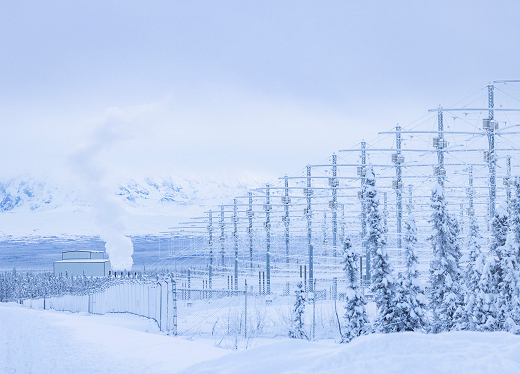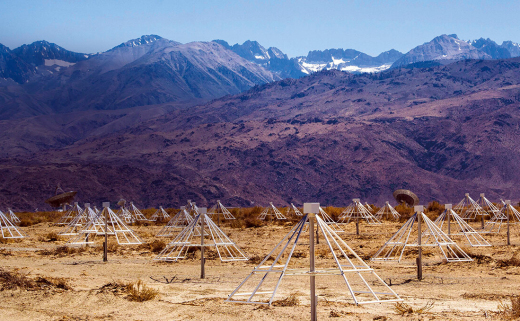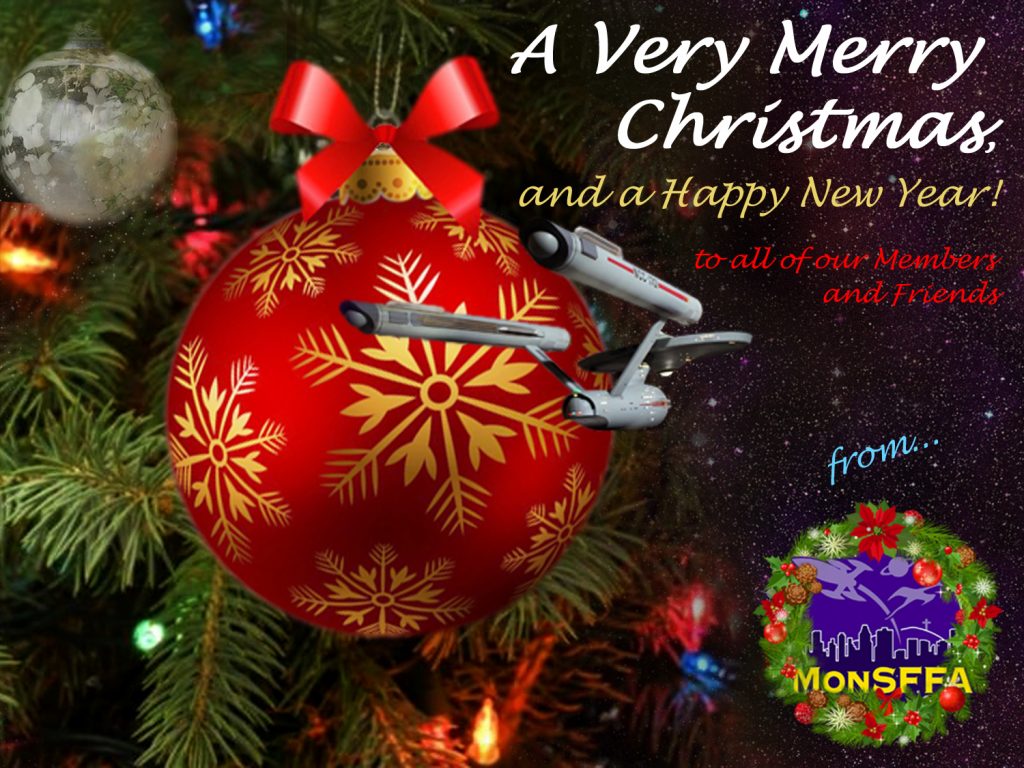Lots more zines arrived while I was busy with Christmas stuff.
This is the November 2022 issue of The N3F Review of Books. N3FReview202211
This is Guy Lillian’s review of zines: TZD56
From Israel, here is CyberCozen for December CCDecember-2022-v01
From Gail in South Africa: PROBE194X
Received via the N3F:
MT VOID 2251
MT VOID 2252
MT VOID 2253
A busy week for fanzine production! Now at https://efanzines.com are:
Andy Hooper’s CAPTAIN FLASHBACK #48
Alexiad #122 edited by Lisa & Joseph Major
Leybl Botwinik’s CyberCozen – December 2022
David Grigg’s The Megaloscope #4
Archive issues of Heath Row’s Telegraphs & Tar Pits #39-43, Explosion Containment Umbrella #4, Faculae & Filigree #16
Opuntia #539, edited by Dale Speirs
Journey Planet #66, edited by James Bacon, Chris Garcia et al
Octothorpe #72, a regular fannish podcast by John Coxon, Alison Scott and Liz Batty, is now on line
Bill
N3F: Origin and Fanactivity Gazette are attached. Happy Holidays!
origin202212
FanAct202212
From Garth Spencer: The Obdurate Eye 22
From the N3F: TNFF202212
Just added at https://efanzines.com:
Marc Ortlieb’s Knot a Fanzine #4
Garth Spencer’s The Obdurate Eye #22
Henry Grynnsten’s Wild Ideas #30
Christopher J. Garcia’s The Drink Tank #442
Journey Planet #67, edited by James Bacon, Chris Garcia et al
—
Bill





![[]](https://mcusercontent.com/0c5fce34d5ca05f64a13d085d/images/76353f48-00cf-bae2-5d2f-1298a6c0fca9.jpg)

